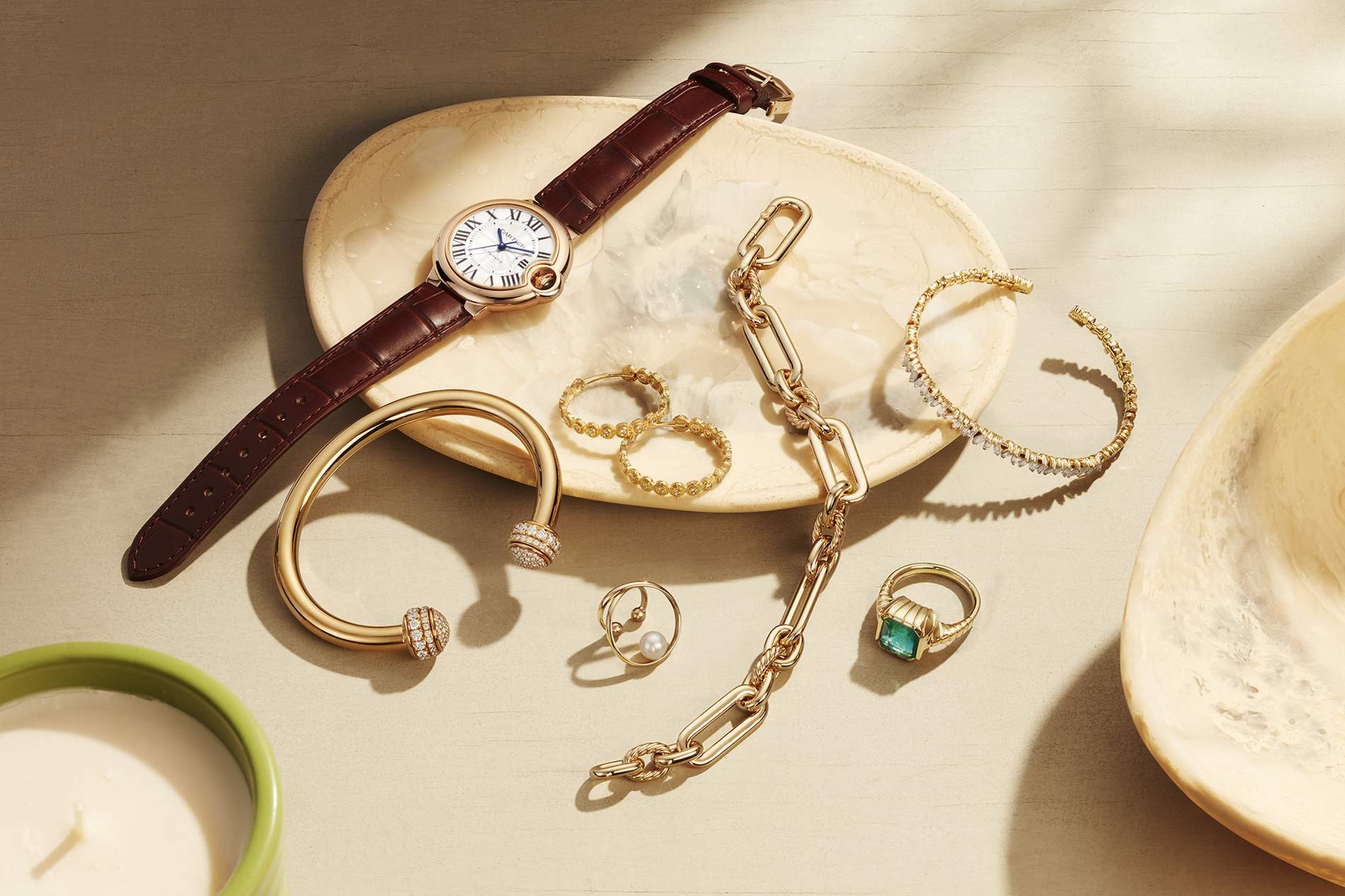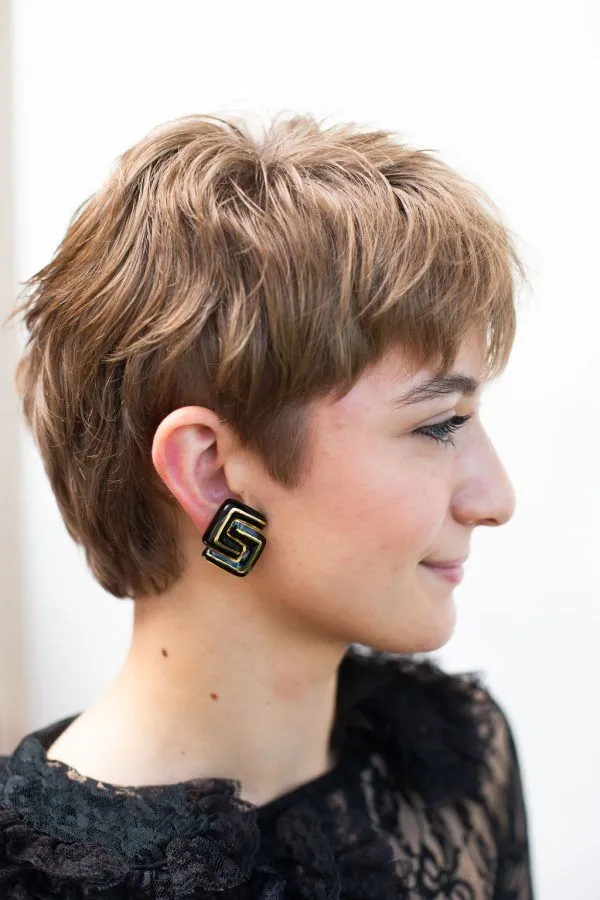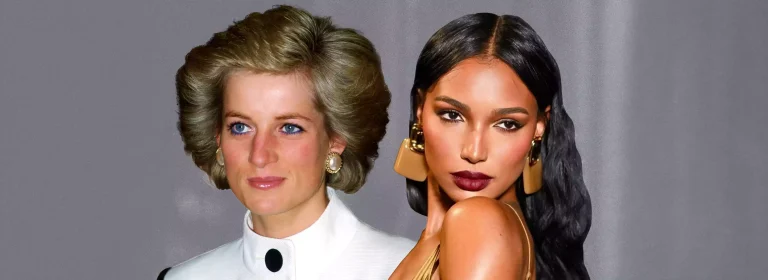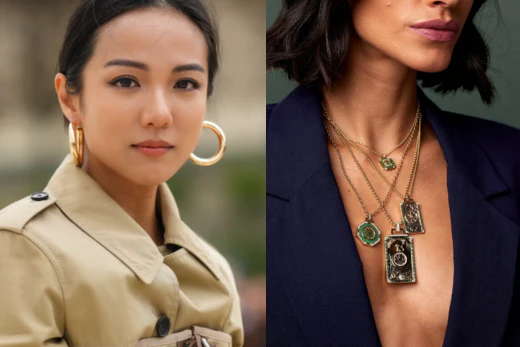Jewelry Through the Ages: Craftsmanship, Symbolism, and the Art of Adornment
The Timeless Allure of Jewelry: A Journey Through History, Craftsmanship, and Style
Jewelry has been an integral part of human culture for thousands of years. From the earliest civilizations to modern fashion trends, jewelry has not only been a symbol of wealth and status but also a medium for self-expression, art, and deep emotional connections. Whether it’s a sparkling diamond ring, a delicate gold necklace, or an intricate hand-carved bracelet, jewelry holds immense cultural, personal, and aesthetic significance. This blog post takes a deep dive into the fascinating world of jewelry, exploring its history, craftsmanship, symbolism, and its place in today’s world.
The History of Jewelry: A Story of Evolution and Meaning
The story of jewelry begins in ancient times. Early humans, in their search for beauty and adornment, started using natural materials such as bones, shells, stones, and animal teeth to create personal adornments. Evidence suggests that jewelry has been worn for at least 100,000 years. The first pieces of jewelry were likely functional items, like protective amulets or objects used in rituals, but they quickly became a way to display wealth and status.
Ancient civilizations, such as the Egyptians, Greeks, and Romans, are famous for their opulent jewelry, which was often crafted from precious metals like gold and adorned with gemstones. Jewelry in these cultures had profound symbolic meaning. In ancient Egypt, for example, the scarab beetle, made into necklaces and rings, was a symbol of protection and transformation. In Greece and Rome, intricate designs were crafted not only for personal decoration but also for spiritual purposes, with jewelry often featuring depictions of gods, goddesses, and mythical creatures.
The Middle Ages saw a shift in jewelry’s function, as it became even more entwined with religious and political power. Crowns, scepters, and rings worn by royalty were often encrusted with jewels and had strong ties to divine authority. In the Renaissance, the arts flourished, and jewelry became a reflection of personal style as well as a statement of opulence.
As time moved forward, the industrial revolution in the 19th century brought new techniques to jewelry-making, allowing for mass production and wider accessibility. This democratization of jewelry allowed people of varying social classes to enjoy the luxury of beautiful adornments. In the 20th century, the rise of the Art Deco movement, the development of modern gemstones like cubic zirconia, and the influence of designers like Cartier and Tiffany & Co. further revolutionized the world of jewelry.
Craftsmanship: The Art Behind the Sparkle
Jewelry is often regarded as a fusion of art and craftsmanship, with each piece representing not only technical skill but also creativity and imagination. The process of creating fine jewelry can take weeks, months, or even longer, depending on the complexity and materials used.
1. Design and Conceptualization:
The journey of a piece of jewelry starts with a concept or a design. Designers often begin by sketching their ideas, either by hand or using computer-aided design (CAD) software. This stage is crucial, as the design dictates the type of gemstones, metals, and techniques that will be used.
2. Selecting Materials:
Choosing the right materials is a key part of jewelry creation. Precious metals like gold, silver, and platinum are commonly used for high-end pieces, while more affordable metals like sterling silver and titanium are used for budget-conscious designs. Gemstones—diamonds, rubies, sapphires, emeralds—are meticulously selected based on their color, clarity, cut, and carat weight. For those seeking unique jewelry, designers may opt for less common gemstones such as aquamarine, opals, or tanzanite, each with its own distinct allure.
3. Metalworking:
Once the design and materials are selected, skilled artisans begin the process of metalworking. This can involve melting, casting, forging, and soldering metal into the desired shapes. Metalsmiths must be adept at manipulating the material to create everything from delicate filigree to bold, geometric designs.
4. Gemstone Setting:
Setting the stones is a delicate art that requires precision and an understanding of how light interacts with the gem. There are various setting styles, including prong, bezel, channel, and pavé, each offering a different aesthetic and level of security for the gemstone. A master setter ensures that the gemstone is held securely, and that its brilliance is maximized.
5. Polishing and Finishing Touches:
The final step in the jewelry-making process is polishing and finishing. This stage is essential for bringing out the luster and shine of the metal. Jewelry is often polished by hand using tools like polishing wheels or polishing compounds to ensure every surface is smooth and gleaming. The last touch may include engraving, enameling, or adding other decorative elements to make the piece truly unique.
Jewelry as a Symbol: The Power of Meaning
Jewelry has long held symbolic significance, whether it’s an engagement ring representing eternal love, a religious pendant offering spiritual protection, or a family heirloom passed down through generations. The emotional and symbolic value attached to jewelry is immeasurable, as it often represents life milestones, significant relationships, or personal beliefs.
1. Engagement Rings and Wedding Bands:
The tradition of giving engagement rings dates back to the 15th century, with the famous diamond engagement ring popularized in the 20th century by De Beers. The diamond ring, with its enduring beauty and rarity, symbolizes eternal love and commitment. Wedding bands, typically worn by couples after marriage, represent unity and the bond that ties two people together.
2. Religious Jewelry:
Religious jewelry is another category imbued with deep meaning. Crosses, Star of David necklaces, and Islamic prayer beads are all worn as expressions of faith. These items often serve as a reminder of one’s beliefs and a connection to a higher power.
3. Heirloom Jewelry:
Family heirlooms, passed down through generations, carry not only intrinsic value but also personal history. A grandmother’s brooch or a mother’s pendant may become cherished items, infused with memories and stories. These pieces of jewelry symbolize continuity and the emotional ties between generations.
4. Personal Symbolism:
In addition to cultural and religious symbolism, jewelry often takes on personal meaning for the wearer. Birthstones, for example, are linked to an individual’s birth month, and many people wear jewelry that reflects their personal identity or milestones, such as a bracelet engraved with a significant date or a pendant shaped like a loved one’s initials.
Jewelry in Modern Fashion: Trends and Innovation
In today’s fashion world, jewelry is no longer confined to the realm of the elite or the traditional. Contemporary trends in jewelry are diverse, experimental, and inclusive, with jewelry serving as a powerful tool for self-expression. The advent of fast fashion has made it easier than ever to access a wide range of jewelry at various price points, but high-end designers continue to push the boundaries with innovative designs.
1. Minimalism:
Minimalist jewelry, characterized by clean lines and simple designs, has become increasingly popular. Think of delicate gold chains, small stud earrings, and understated rings. This style is often favored for its versatility and ability to complement both casual and formal attire.
2. Bold and Statement Jewelry:
On the other end of the spectrum, bold and statement-making jewelry continues to dominate runways and red carpets. Oversized earrings, chunky necklaces, and large cocktail rings make a striking visual statement and are often used as focal points in an outfit.
3. Sustainable Jewelry:
In recent years, there has been a growing trend toward sustainable and ethical jewelry. Consumers are becoming more conscious of the environmental and social impacts of the jewelry industry, leading to an increase in demand for ethically sourced gemstones and recycled metals. Brands like Chopard and Tiffany & Co. are leading the charge in promoting sustainability through their use of responsibly sourced materials and transparent supply chains.
4. Personalized Jewelry:
Personalization is another strong trend. Custom jewelry, such as engraved pieces, initials, and birthstones, allows individuals to create jewelry that holds special meaning. Personalized jewelry often becomes treasured gifts, representing unique relationships and moments.
Conclusion: Jewelry as an Expression of Art and Emotion
From ancient relics to modern masterpieces, jewelry has always been more than just an accessory. It is an enduring form of art, a symbol of love and faith, and a reflection of personal identity. Whether you’re drawn to intricate designs, symbolic pieces, or simply the gleam of a diamond, jewelry continues to captivate and inspire.
As we look ahead, it is exciting to imagine where the world of jewelry will go next. With the rise of 3D printing, new materials, and innovative design techniques, the possibilities are endless. One thing is certain: jewelry will remain an enduring part of the human experience, continuing to evolve and shine brightly for generations to come.
So, the next time you wear a piece of jewelry—whether it’s a timeless family heirloom, a trendy new purchase, or a meaningful gift—remember that you’re wearing not just an accessory, but a piece of history, art, and personal expression.



